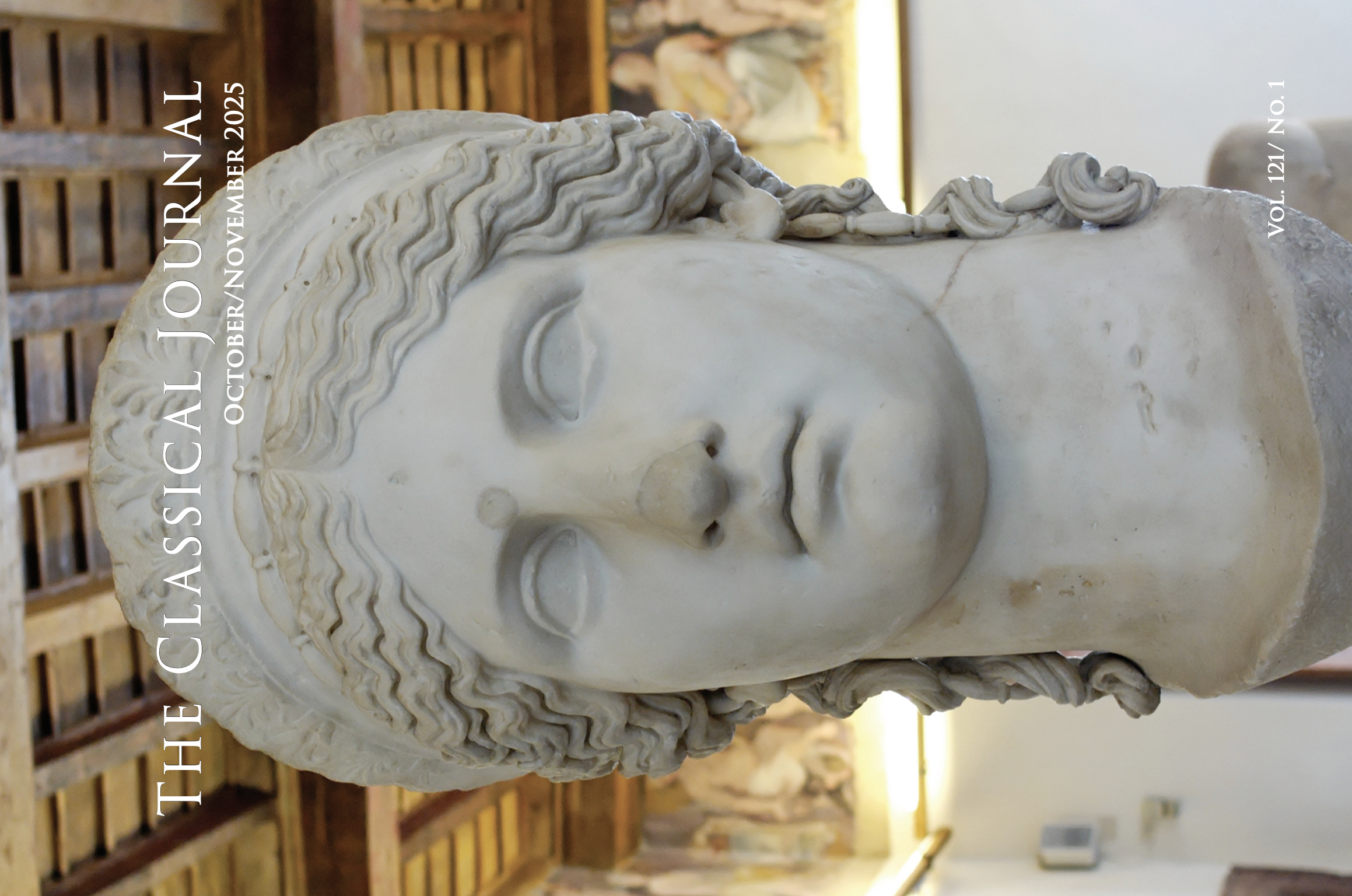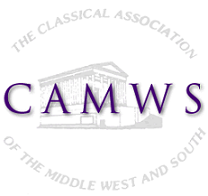The following articles are contained in CJ
106.3
Abstracts of Articles
TRADITION AND ORIGINALITY: A SUBJECT SPECIFIC APPROACH TO PLAGIARISM PREVENTION
This paper discusses a successful anti-plagiarism project at the University of
Manchester. The study of Classics and Ancient History presented students with multiple levels
of textual authority when producing their own writing. A subject-specific approach to plagiarism
engaged directly with these problems, modelling good practice with relevant examples.
PERIKLES AND THE SEXUAL POLITICS OF HERMIPPOS' MOIRAI: A NEW INTERPRETATION OF FR. 47
In Hermippos fr. 47 Perikles is addressed as the "the king of the satyrs," a title
with no obvious parallels in surviving Attic drama. While some scholars rightly compare
the fragment's content to similar themes in Kratinos' Dionysalexandros, Hermippos' martial
language and satyric imagery, along with Plutarch's scurrilous characterization of fr. 47, remain
underexplored. In this paper I offer a new interpretation of the fragment, arguing that Perikles
is presented through a series of previously overlooked sexual innuendos as an impotent
emasculated satyr who becomes the victim of Kleon's sexual aggression; specifically, Perikles
may be compared to Silenos who exhibits many of the same characteristics in Euripides'
Cyclops.
SPECTANDI VOLUPTAS: ECPHRASIS AND POETIC IMMORTALITY IN STATIUS SILVAE 1.1
Statius Siluae 1.1, on the equestrian statue of Domitian, has been much discussed by
scholars concerned with imperial panegyric. This article, by contrast, teases out the implications
of complex layers of allusion to the epic genre, and to Virgil's Aeneid in particular, to show how
Statius is concerned to define his own position within the traditions of ecphrasis. It also suggests
that 1.1 can be read as the first in a series of moments in the Siluae where Statius explores the
relationship between poetry and the visual arts.
THE INVOCATION OF DARIUS IN AESCHYLUS' PERSAE
The scene in which the Persian King Darius is invoked by the chorus and Persian
Queen has long been seen as an example of necromancy. However, an examination of
the actual rite involved and the form of the choral ode reveals that the Persians are actually
approaching Darius using rituals more appropriate to a god. By composing the scene in this
matter, Aeschylus is taking advantage of Greek misconceptions in order to further define the
Persians as "barbarians" in the play.


